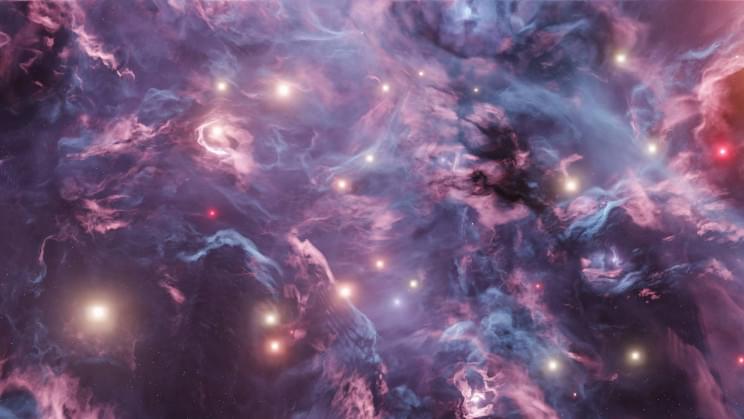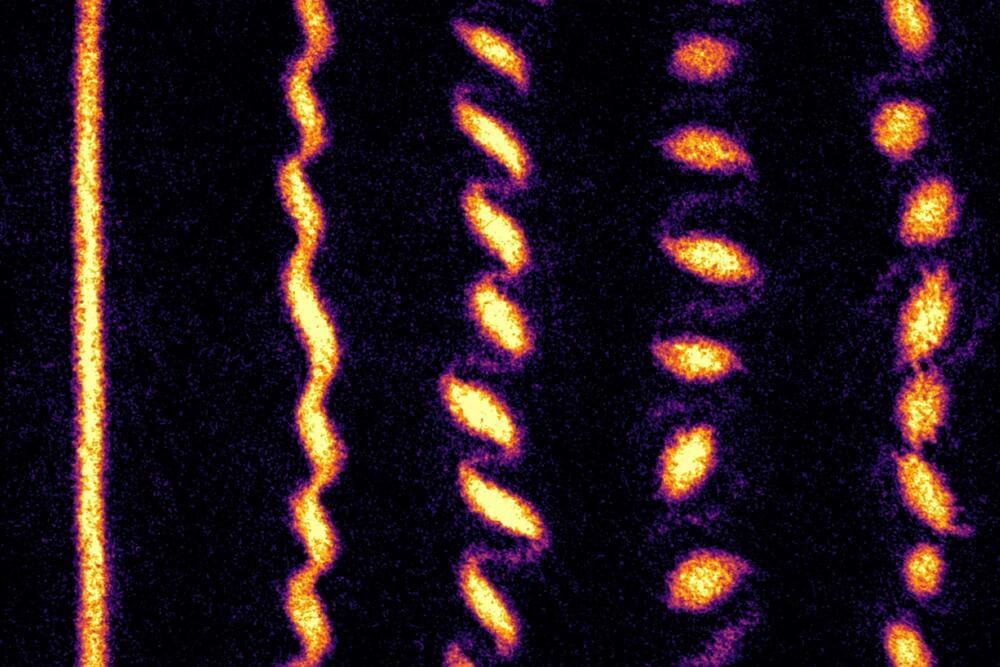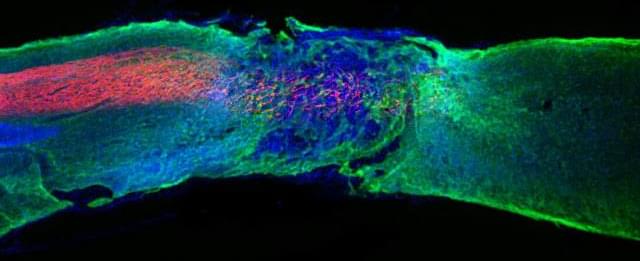Could this find contradict years of dark matter theories?
Dark energy and dark matter are believed to make up almost 95% of our universe. We are still unsure about what they are or where they come from but we believe they hold galaxies together with their gravity.
That’s why we were shocked to find out astronomers spotted a perplexing galaxy without the ever-elusive matter, according to Gizmodo. It all began three years ago when Filippo Fraternali, an astronomer at Kapteyn Astronomical Institute of the University of Groningen in the Netherlands, and his colleagues first came across a few diffuse galaxies that looked as though they lacked dark matter.
The researchers decided to examine one of them in detail. They picked one about 250,000 light-years away, called it AGC 114,905, and used the 27 radio telescope antennas of the Very Large Array in New Mexico to study it.
After a detailed investigation, they came to the following conclusion. “The dark matter content that we infer in this galaxy is much, much smaller than what you would expect,” said Fraternali. The find is perplexing, to say the least. But it’s not the first of its kind.









